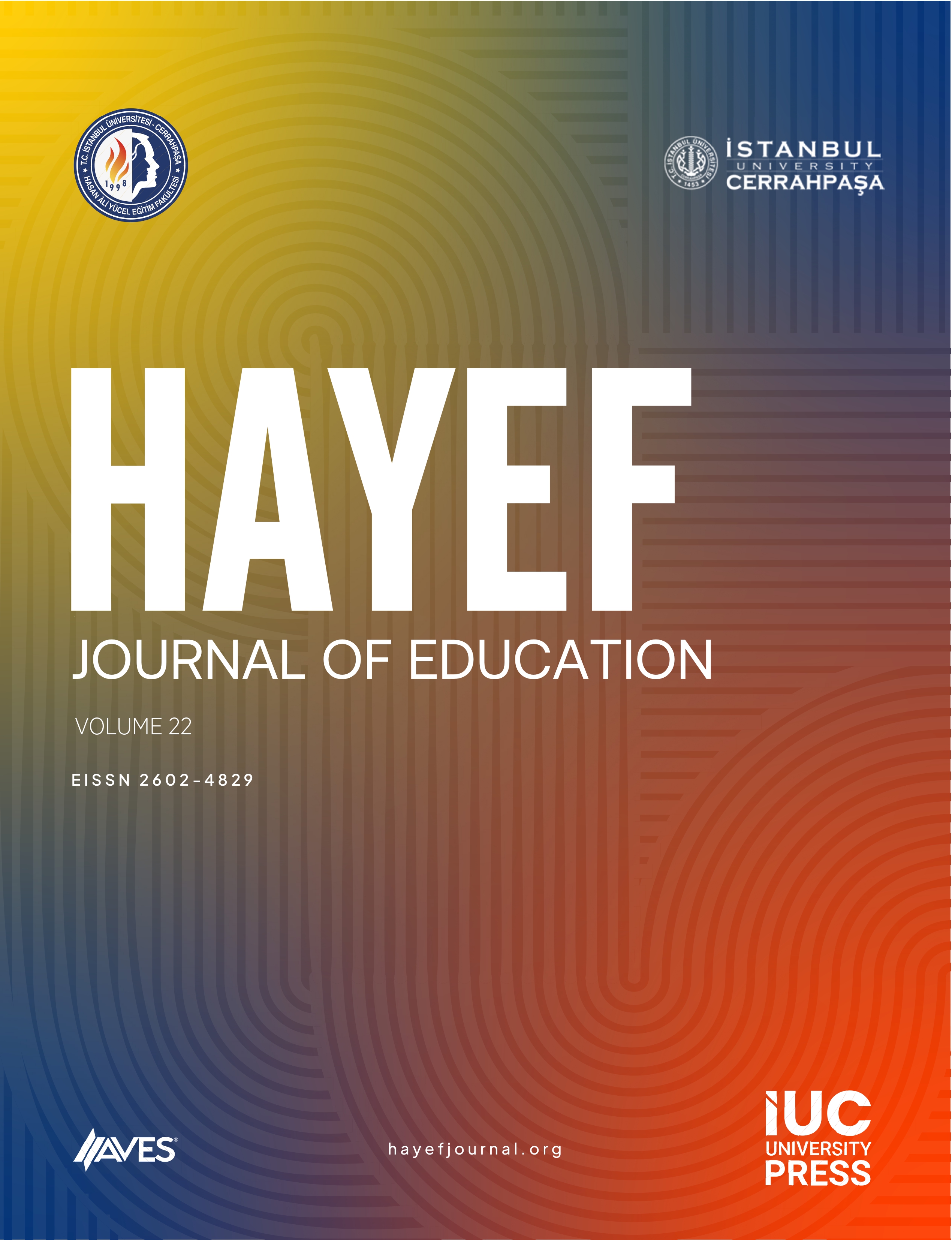Abstract
Reading skills constitute the basis of the learning process. An individual’s behavior is one of the main factors that affect the learning process. It is a fact that reading skills, which is a factor in the learning process, also have a behavioral dimension. Failure to consider this dimension in reading studies results in inadequate reading and understanding. The inability to read and understand negatively affects the individual's academic and social life. To solve this problem, the behavioral dimension of reading needs to be measured. No measurement tool in the national literature measures the behavioral dimension of reading skills. This scale development study was conducted with the survey model, one of the quantitative research designs. The study group consists of second-, third-, and fourth-grade students in private and public schools in Istanbul determined through an easily accessible sampling method. The research was conducted with 789 students. The following four stages were followed in the scale development process: In the first stage, the item pool was determined based on the literature; in the second stage, the opinions of field experts were consulted; in the third stage, exploratory factor analysis was conducted within the scope of the validity study; and in the fourth stage, the reliability level was calculated by performing confirmatory factor analysis. As a result of the analyses, a five-point Likert-type reading behavior scale with 18 items was developed. The Cronbach’s α internal consistency coefficient of the scale, which consists of three sub-factors: “Focusing in Reading,” “Order in Reading,” and “Aesthetics in Reading,” was calculated as 0.909. In line with the evidence regarding validity and reliability, this scale can be used by researchers and teachers to determine the reading behavior of primary school students.
Cite this article as: Öncü, B., Güçlüer, S., & Baştuğ, M. (2024). The development of a reading behavior scale for primary school students. HAYEF: Journal of Education, 21(3), 296-301.



